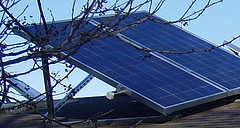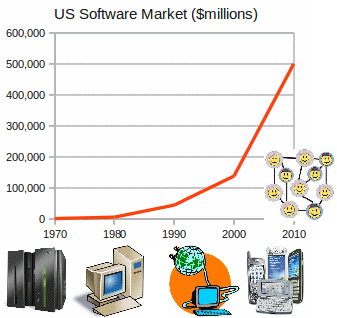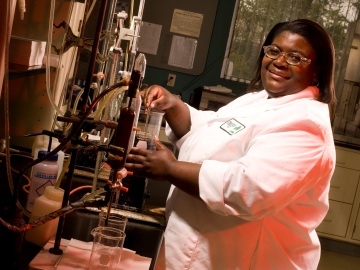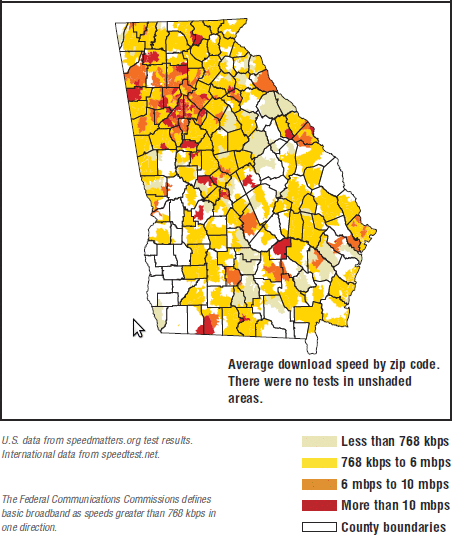While Southern Company and Georgia Power pour money down that nuclear pit by the Savannah River and Progress Energy can’t afford to fix its Crystal River nuke, Google’s wind and solar projects are already online on time, all for less than the cost overruns so far at Vogtle or the fix-it price at Crystal River.
David Goldman wrote for CNN Money 10 January 2013, Google invests $200 million in Texas wind farm,
“We look for projects like Spinning Spur because, in addition to creating more renewable energy and strengthening the local economy, they also make for smart investments,” Kojo Ako-Asare, Google’s senior manager of corporate finance, said in a blog post.
Ako-Asare added that wind farms offer “attractive returns relative to the risks.”
Which is the opposite of nuclear’s huge risks relative to the apparently negative returns. So how much wind and solar energy does Google generate?
Continue reading












